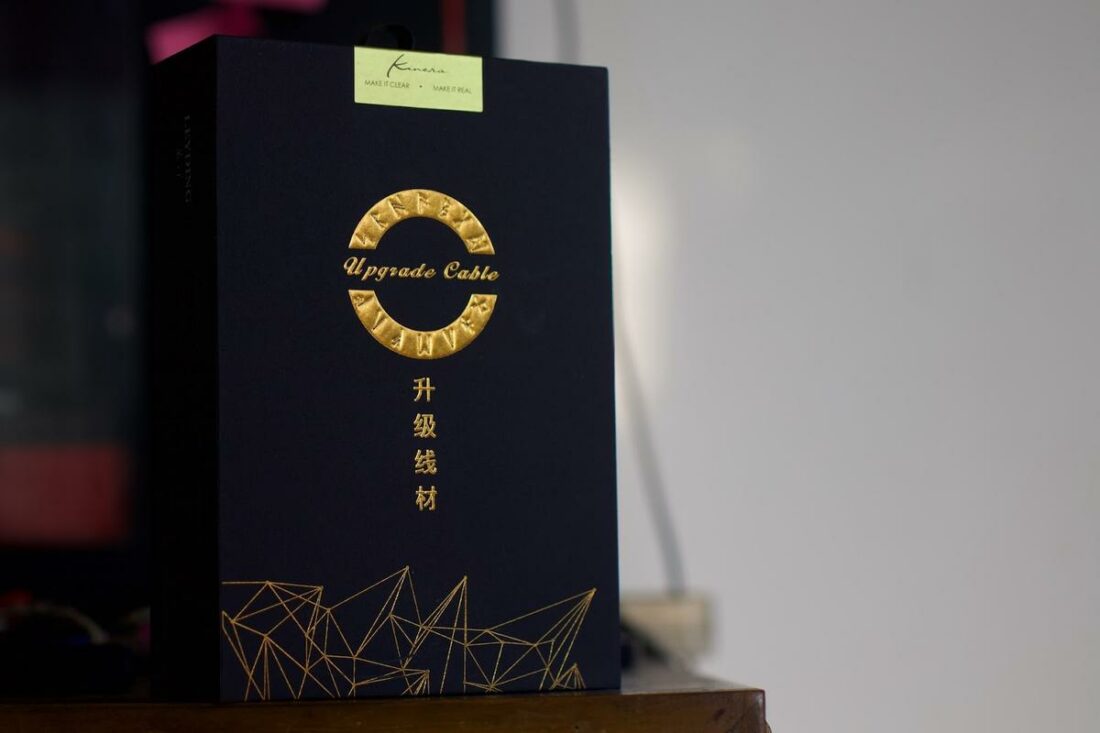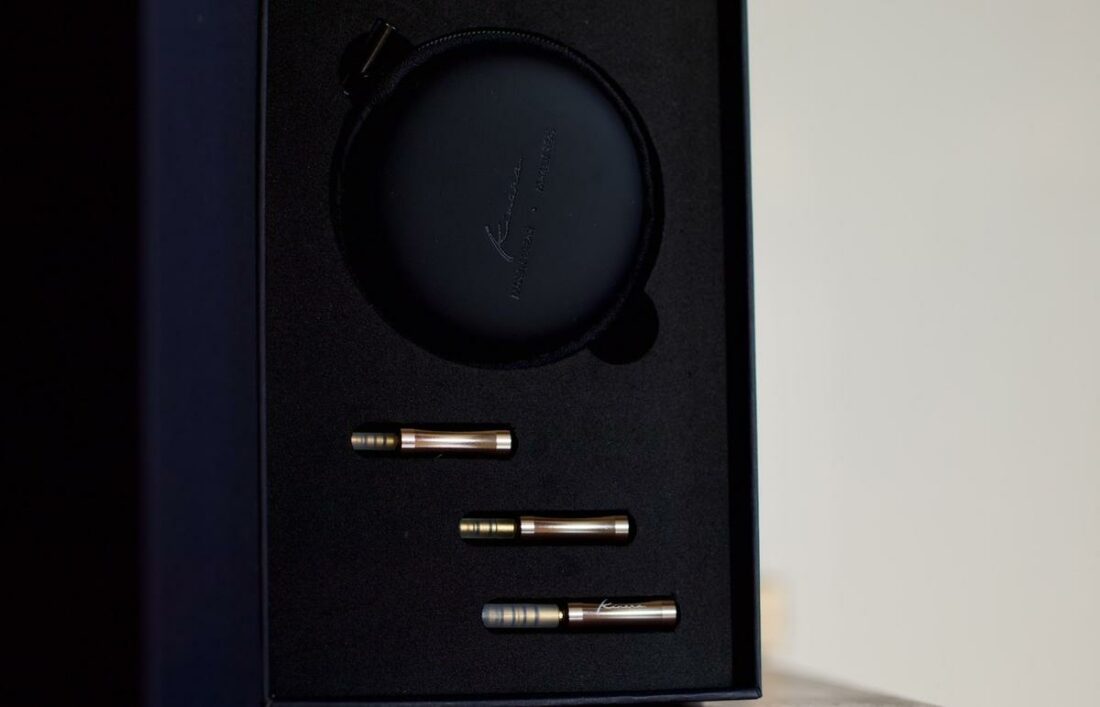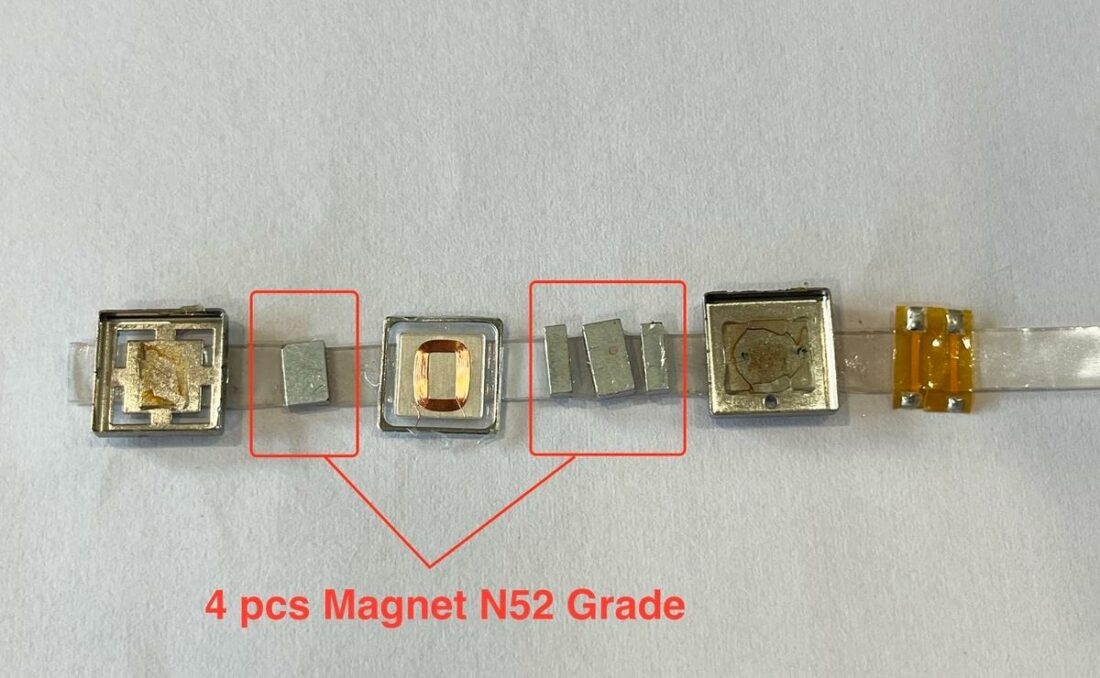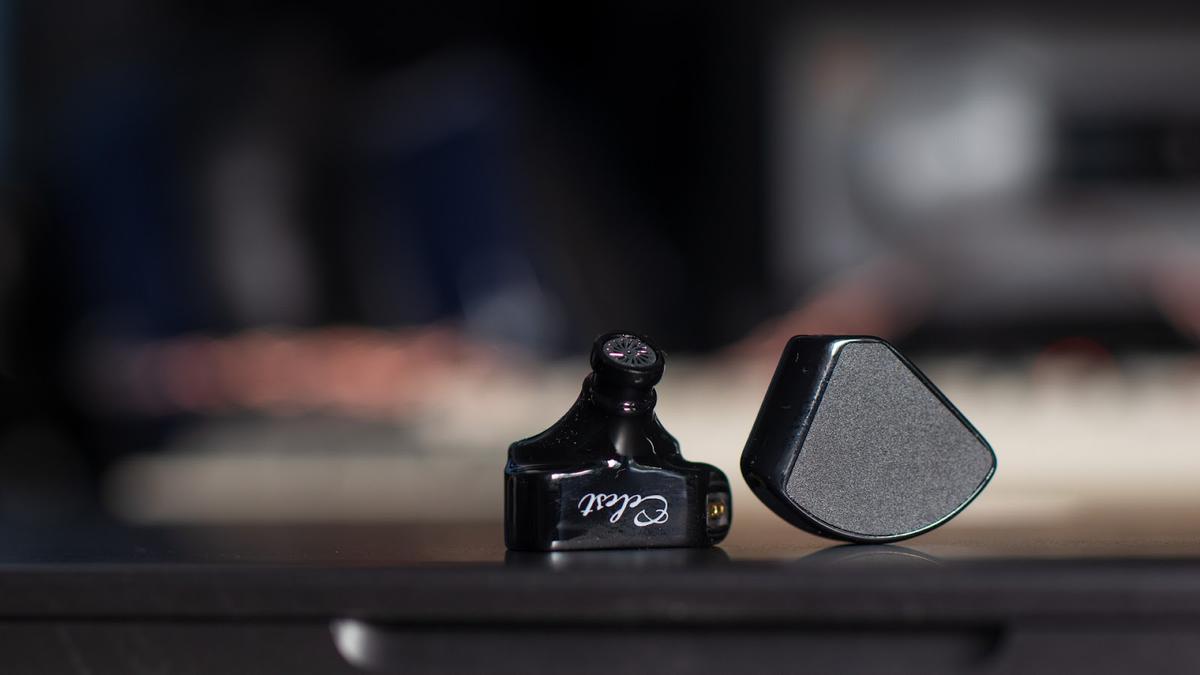Kinera’s sub-brand, Celest, offers a first taste of planar for buyers on a budget with the Gumiho.
Chi-fi often goes through phases. Not long ago, it was “driver-count wars,” with manufacturers flaunting the ever-increasing number of drivers in their IEMs, and tuning be darned.
Now, it’s all about planar drivers and who can offer planar magnetic IEMs at the most competitive price. Unfortunately, planar magnetic drivers are still more expensive than their dynamic or balanced armature counterparts. So, this calls for ingenuity.
- Textured bass with a good sense of rhythm
- Smooth vocals with no shoutiness
- Good instrument separation
- Good staging and imaging
- Very comfortable, good accessories
- Bass distorts slightly at high SPL (above 90dB or so)
- Some recession in lower mids
- Treble can get splashy
Kinera delivered exactly that with the Celest Gumiho, which are the first IEMs released under their Celest sub-brand. The neat trick here is the unique Square Planar Driver (SPD). Kinera even patented the new driver design.
All fine and dandy, but how do they sound? Let’s find out.
Technical Specifications
- Form: IEM
- Drivers: 1 x Square planar magnetic driver + 1 x balanced armature driver
- Impedance (Ohm): 9 Ohm
- Sensitivity (dB): 106 dB/mW
- Frequency Response (Hz): 20 Hz – 20 kHz
- Removable Cable: Y
- Source Jack: 3.5mm
- Cup/Shell Jack: 2-pin
Packaging
The Celest Gumiho come in nice packaging with intricate artwork.

In the box
- Celest Gumiho IEMs
- 6 pairs of silicone ear tips (3 pairs each of wide and narrow-bore)
- Carrying pouch
- 2-pin cable (termination can be selected during checkout)
- Cleaning tool
- Trinket
The carrying case doesn’t offer a lot of protection but is pocket-friendly.

The stock tips are good and work well enough for me not to bother with third-party tips. I chose the wide-bore tips as they tend to smooth the treble response.

The stock cable has a soft sheathing, and the memory hook isn’t as stiff as some of their peers. It is a 4-core wire mix of silver-plated copper and pure copper strands.

All in all, the Gumiho are ready to go right out of the box.
Upgraded “Leyding” cable
Kinera/Celest also offers the Gumiho bundled with the modular Leyding cable. This upgraded cable is an 8-core design with oxygen-free copper + 5N silver-plated alloy copper strands bundled in a litz type-1 structure.
The cable packaging is rather large, and you can see a lot of wasted space once opened. Ah well, at least it is a premium presentation.

Opening up the box, we find the cable inside a carrying case, and the interchangeable plugs.

The modular system allows easy swapping of the termination. The cable is inherently balanced, so swapping between 3.5mm single-ended and 2.5mm/4.4mm balanced jacks is seamless.

The Leyding’s modular design relies on friction to secure the connection, and the internal housing is all-plastic. So I wouldn’t advise very frequent termination swaps. However, it feels robust enough to handle daily use.
Design
The Celest Gumiho sport a glossy resin shell with a matte faceplate. The faceplate is available in both a plain black finish and fox-themed artwork.

The sides house the three vents. The 2-pin connectors are slightly recessed to secure the connection further.

The nozzle has a cool decorative pattern on top. Inside is the BA driver that handles high frequencies.
Comfort and isolation
The Gumiho are very comfortable to wear due to their slim profile, lightweight nature, and ergonomic shape. Isolation is below-average due to the vented design.
Internals
Kinera has developed the SPD (Square Planar Driver) specifically to drive the cost of the driver down and provide a taste of planar sound at the budget segment.

Then what makes the SPD different from a regular dynamic driver? I’d say – the magnet assembly. Instead of a single magnet assembly behind the voice coil, the SPD has four separate magnet pieces of differing sizes.
Two of the magnets are put in front and back of the driver unit, whereas the remaining two are placed on top and bottom. This design helps in achieving a more uniform magnetic force. The diaphragm is also a flat piece, akin to planar drivers.
One concern I have about this design is the shape of the voice coil. A rectangular voice coil will likely not have uniform piston-like motion at high frequencies; this results in “breakup,” which we perceive as distortion.
For this reason, the Celest use an additional BA driver to handle the high frequencies, while the SPD handles the bass and mids. Problem solved, right? Well, almost.
Celest Gumiho Sound
The Celest Gumiho have warm tuning with a noticeable emphasis on bass frequencies.
I can’t quite call it “V-shaped” as the mids do not sound too recessed. The upper-mids balance out the bass boost well, though the lower-mids can sometimes get shadowed by the bass.

Bass
The best part of the Gumiho is the bass response.
That is: if you prefer boosted bass since the bass is well outside the realm of flat or neutral. Both the sub-bass and mid-bass are boosted, resulting in dense and texture-rich lows.
Sub-bass rumble is present, and so is mid-bass punch. Bass speed is above-average, with fast bass lines not losing their distinctness.
The one negative here is the slight distortion or grain that sets in once you push the volume very high, above 90dB or so.
Midrange
The lower-mids are recessed, but not overly so. If you want to identify the minute changes in pitch, the Gumiho will probably disappoint. But for most modern genres, things are fine.
One area where the restrained upper-midrange tuning works is with female vocals. They have a lushness that’s hard to find in this price segment.
If it’s lushness you’re after, I consider the Gumiho one of the best budget IEMs for female vocals.
Some require their vocals to be very forward, and they might find the Gumiho somewhat laid back for their tastes.
Treble
The treble has some tuning issues, primarily the 8kHz peak that adds splashiness to cymbal hits and hi-hats. Some damping material in front of the driver to tame the treble would’ve gone a long way.
Overall treble extension is lacking as it rolls off fast after 11kHz or so. If you need a lot of air and sparkle in the treble, Celest Gumiho won’t cut it. The treble is mainly tuned to add some presence in the highs rather than excel in that region.
Soundstage and imaging
Soundstage has average width and height, and above-average depth.
Imaging is fairly precise, surprisingly so for a budget pair of IEMs. No, it won’t give you that “holographic” rendition of instruments, but the difference in cardinal and ordinal placement is clearly highlighted.
Dynamics and speed
Macrodynamic punch is decent, with sudden bass drops rendering some of their dramatic impact. Microdynamics (subtle shifts in volume) is not rendered well, though that’s an area where most budget IEMs struggle.
Comparisons
It’s difficult to compare the Gumiho with similarly priced products outright because… there aren’t any, at least not yet.
The KZ PR1 have a full-sized, full-range planar driver and will likely be priced higher than the Gumiho. However, I do not have one at hand while writing this review. I will update this section if I get to audition them.
For the remaining planars, TinHiFI P1 Max are the cheapest of the bunch. They don’t have the distortion issue at high SPL and are slightly more resolving than the Gumiho. The treble is more refined and extends further.
Unfortunately, the P1 Max have large shells that are nowhere near as comfortable as the Gumiho. In addition, the bass on the P1 Max lacks the texture of the Gumiho, and the imaging is also a step down.
Given the price difference, if you require better treble and don’t mind middling imaging (an issue plaguing almost all full-range planar IEMs), the P1 Max might be the right choice.
I find the Gumiho more interesting as, within their limitations, they are rather competitive with the big boys.
Where to Buy
Conclusion
It isn’t easy to get excited about ultra-budget (sub-USD $50) IEMs, but the Celest Gumiho grab attention with a unique driver arrangement and an excellent out-of-the-box experience.
Some issues might break the deal, as the bass distortion will surely put off those who love to listen very loud. Also, the treble is unrefined. Something’s gotta give, I guess.
If you need a pair of warm-sounding IEMs with laid-back mids and above-average technical proficiency, the Celest Gumiho are a great deal. Just keep that volume level in check.
